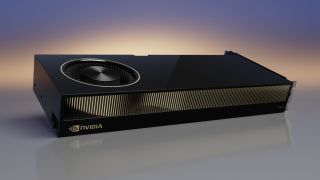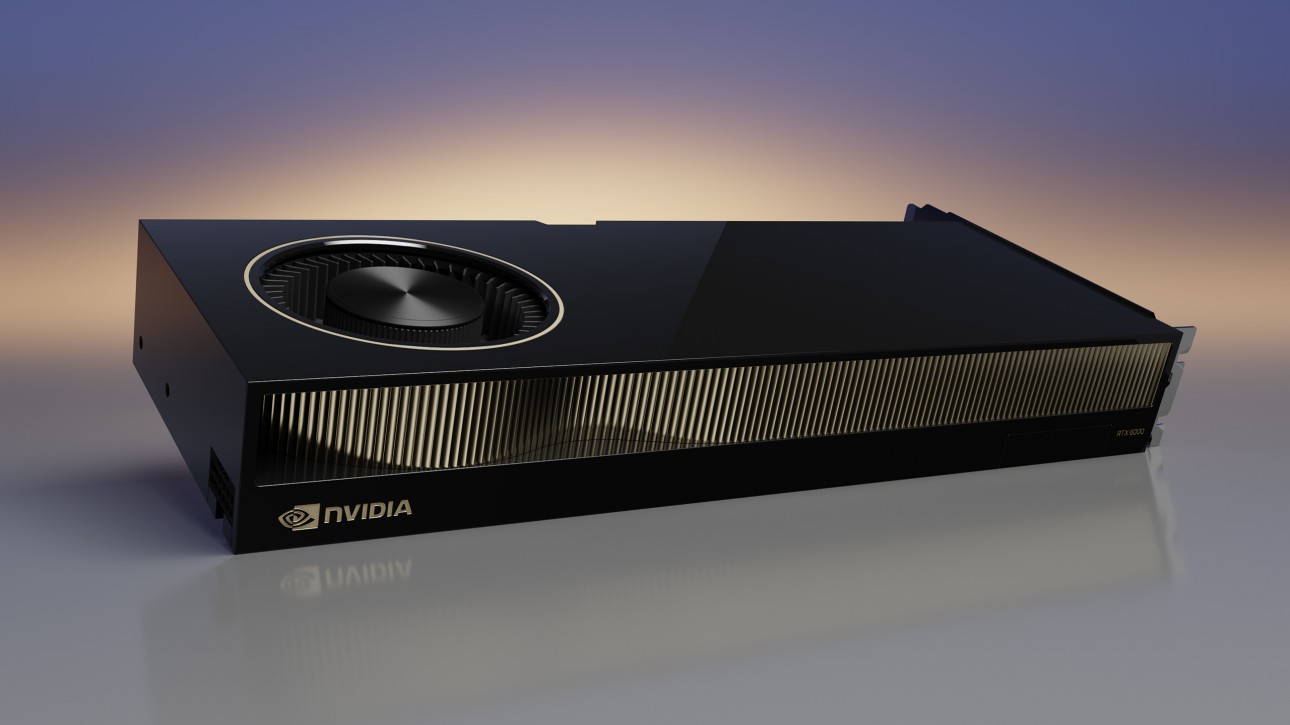
Nvidia Confirms GeForce Cards Lack P2P, Pushing Expensive Pro Cards

The GeForce RTX 4090 is one of the best graphics cards for gaming, but consumers have found other uses for the Ada Lovelace flagship, such as content creation, machine learning, and scientific workloads. However, the GeForce RTX 4090 may be losing its appeal now that an Nvidia employee has confirmed that the graphics card doesn’t support P2P (peer-to-peer) functionality.
In short, P2P is a neat technology that debuted on Nvidia graphics cards several years ago. The feature fundamentally acts like a highway between two Nvidia graphics cards. P2P enables data transmission between one graphics card’s memory to the other, bypassing the memory on the system. It’s a great feature for users working with CUDA programs because P2P accelerates memory access and transfer as opposed to the data having to pass through the system memory.
Puget Systems (opens in new tab) recently ran different multi-GPU benchmarks on AMD and Intel systems and discovered that P2P is partially broken on the GeForce RTX 4090. The publication pointed out that P2P-related workloads either failed or were corrupted. When P2P is enabled, the simpleP2P test fails. One Nvidia owner documented the problem (opens in new tab) in November last year, detailing that standard Nvidia tests failed when having two GeForce RTX 4090 graphics cards on a system. Months later, an Nvidia employee replied to the thread (opens in new tab) and confirmed that the GeForce RTX 4090 doesn’t support P2P.
“Hi all. Apologies for the delay. Feedback from Engineering is that Peer to Peer is not supported on 4090. The applications/driver should not report this configuration as peer to peer capable. The reporting is being fixed and future drivers will report the following instead,” wrote the Nvidia representative.
P2P works over PCIe or Nvidia’s NVLink. The upside to using NVLink is that you enjoy lower latency and substantially more bandwidth. The funny part is that even the GeForce RTX 10-series (Pascal) offerings supported P2P over PCIe. Sadly, the GeForce RTX 20-series (Turing) graphics cards were the last generation to support P2P. However, P2P support is only available through the NVLink bridge, effectively limiting the number of total graphics cards per system to two. The prior GeForce RTX 30-series (Ampere) graphics cards lack P2P support, too, as evidenced by Puget Systems’ tests.
If you meditate on the issue, it’s easy to comprehend why Nvidia gradually dropped P2P support on GeForce graphics cards. The chipmaker has always disapproved of consumers using its mainstream products for anything other than gaming. However, during the Ampere days, word had gotten out that some system integrators started using blower versions of the GeForce RTX 3090 over the higher-priced Quadro alternatives to offer cost-effective server products. As a result, it didn’t take long before the GeForce RTX 3090 blower graphics cards dematerialized from the market.
When you have a $1,599 GeForce RTX 4090, besting a $6,800 RTX 6000 Ada Generation on its home turf, it’s certainly not good for business. Since you don’t want to gimp the performance of your product because it would let your rival win, you have to find other ways to differentiate your mainstream offerings from your professional and workstation parts, such as playing with the feature set. For example, the RTX 6000 Ada Generation, which also lacks NVLink, has P2P support, according to Puget Systems. However, the GeForce RTX 4090 and the RTX 6000 Ada Generation are on the same Ada Lovelace architecture and use an identical AD102 silicon, so there’s no good reason why one does P2P and the other can’t if it’s not a physical limitation on behalf of the manufacturer.
Nvidia’s A-series offerings, previously Quadro, aren’t all evil; they have some selling points, such as drivers certified for certain professional applications, better software compatibility, and more abundant VRAM. However, you do end up paying a massive premium for those features. If P2P is important in your daily work life, the RTX 6000 Ada Generation is the way to go if you have the funds. The previous RTX A6000, which costs $4,650, is still available and also supports NVLink as well as P2P.


